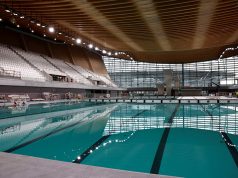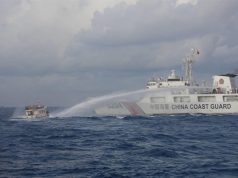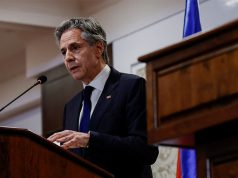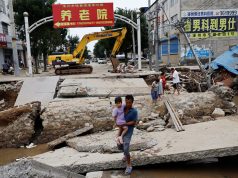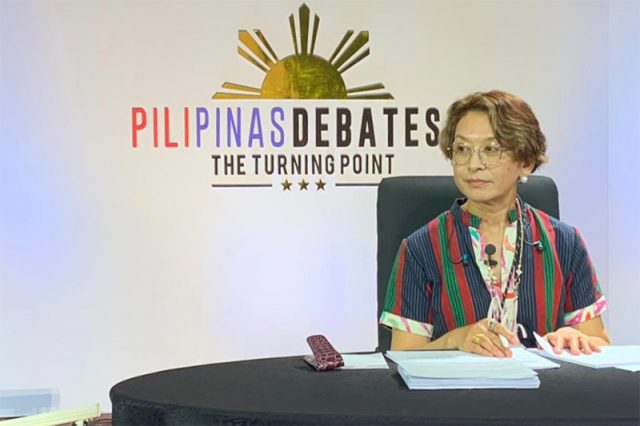
The moderator of the second presidential debate organized by the Commission on Elections clarified to a blogger a question about the West Philippine Sea row she fielded during the debate proper last Sunday, April 3.
Ces Drilon, veteran journalist, asked the candidates the following question:
“Paano mo makukumbinsi ang mga bansa sa ASEAN na magkaisa upang mapigilan ang militarisasyon ng Tsina sa West Philippine Sea?”
Nine of the ten presidential candidates attended the debate dubbed the “PiliPinas Debates 2022: The Turning Point” held at Sofitel Philippine Plaza Manila. These are:
- Ernesto Abella
- Leody De Guzman
- Manila Mayor Francisco “Isko Moreno” Domagoso
- Norberto Gonzales
- Sen. Panfilo “Ping” Lacson
- Faisal Mangondato
- Jose Montemayor
- Sen. Manny Pacquiao
- Vice President Leni Robredo
READ: How 2022 presidential bets marked attendance at 2nd Comelec debate
After the program ended, blogger Sass Rogando Sasot took to Facebook and criticized Drilon’s query concerning the still-ongoing West Philippine Sea dispute.
“Ces Drilon’s question on the West Philippine Sea is poorly researched,” part of the post reads.
A Twitter user made a screenshot of this and sent it to Drilon as a reply to one of the reporter’s tweets.
Drilon immediately saw this.
In response, through a quote-retweet, the reporter described Sasot’s post as a “poor response” to her question.
She explained that the question came from the need to protect the Philippines’ sovereignty amid China’s militarization in South China Sea.
“This is a poor response to the Q (question), a legitimate one. The Philippines is not wanting to be an automatic heir of all the islands,” Drilon said.
“A code of conduct agreed upon by all ASEAN members would give us stronger leverage in dealing with China. Gusto lang natin protektahan ang teritoryo natin,” she added.
This is a poor response to the Q, a legitimate one.The PH is not wanting to be an automatic heir of all the islands. A code of conduct agreed upon by all ASEAN members would give us stronger leverage in dealing with China. Gusto lang natin protektahan ang teritoryo natin. https://t.co/FlSFOETshq
— Ces Oreña-Drilon (@cesdrilon) April 4, 2022
The elusive Code of Conduct
Drilon was referring to the proposed code of conduct for the South China Sea that Southeast Asian nations had eyed more than 20 years ago.
In an article from Foreign Policy, a US-based publication about global affairs, this regional code of conduct was first endorsed way back on July 21, 1996 during the meeting of the Association of Southeast Asian Nations (ASEAN) in Indonesia.
This idea came in response to China’s occupation of Mischief Reef that time. The reef was just 130 miles from Palawan.
If finalized, this COC could end the current maritime disputes and promote diplomacy in South China Sea waters.
In 2002, negotiators from ASEAN members and China managed to produce a “declaration” of a code of conduct.
Then, in 2011, they finalized the Guidelines on the Implementation of the Declaration on the Conduct of Parties in the South China Sea (DOC).
There was a breakthrough in 2017. ASEAN and China agreed on a framework for this code of conduct during the ASEAN conference that year.
The following year, in August 2018, both parties drafted a document called a “Single Draft Negotiating Text (SDNT).”
However, as of writing, ASEAN members and China have yet to decide and finalize their long-delayed regional code.
China also continues with its construction and militarization of several islands in South China Sea.





